The Silent Engine Driving Smarter Roll Film Packaging
The relentless pursuit of efficiency, performance, and responsibility is reshaping the flexible packaging landscape. At the forefront of this evolution, Dry Lamination is emerging not merely as an alternative process, but as a strategic enabler for the modern era of Roll Film Packaging. This technology, moving beyond niche applications, is proving fundamental in meeting escalating demands for faster production, reduced waste, and enhanced product integrity across countless consumer goods.
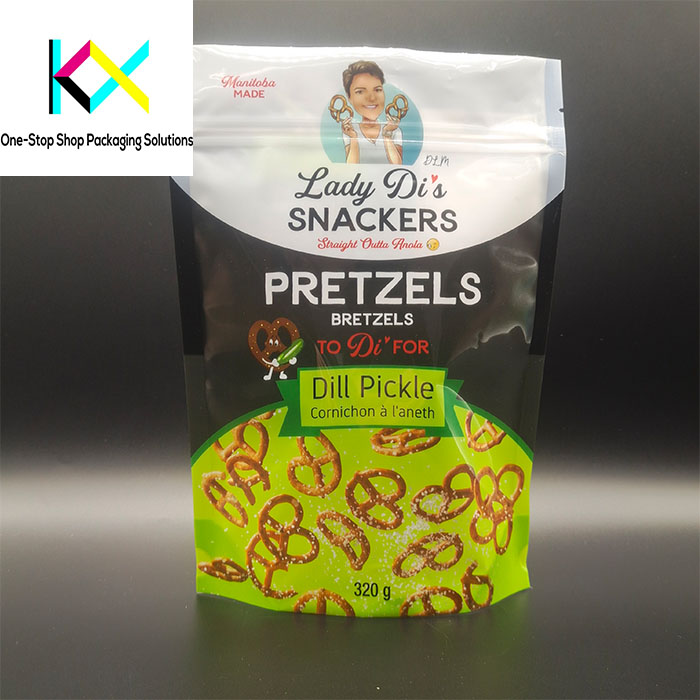
The Unforgiving Pace of Modern Production
Today’s markets demand unprecedented speed and agility. Shorter product lifecycles, seasonal promotions, and the explosive growth of e-commerce require converters to pivot rapidly. Traditional solvent-based lamination processes, with their inherent drying ovens and solvent recovery systems, represent a significant bottleneck. Dry Lamination, by eliminating the solvent evaporation step, dramatically shortens the production line. This translates directly into faster job changeovers, higher throughput, and the ability to meet tighter deadlines for Roll Film Packaging destined for retail shelves or fulfillment centers. Speed isn’t a luxury; it’s a competitive necessity.
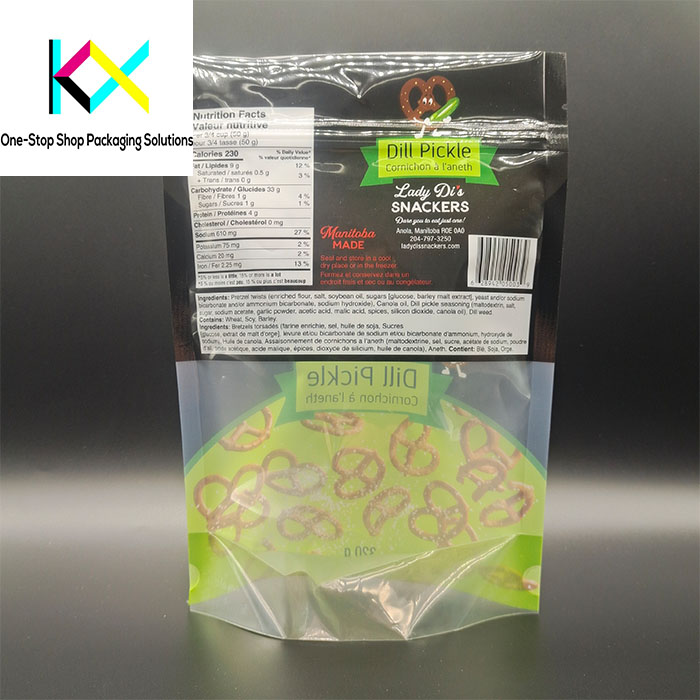
Precision Meets Performance: The Technical Edge
Beyond speed, Dry Lamination offers distinct performance advantages critical for high-quality Roll Film Packaging:
Enhanced Bond Control: Modern dry bond systems utilize precisely metered adhesive application (often 100% solids polyurethane or specialized chemistries). This allows for thinner, more consistent adhesive layers, resulting in superior bond strength and clarity, especially crucial for high-barrier applications and visually sensitive packaging.
Reduced Material Stress: Eliminating the high heat of solvent drying ovens minimizes thermal stress on sensitive films. This is particularly beneficial for thin gauge materials, heat-sensitive prints, and substrates prone to shrinkage or distortion, preserving dimensional stability and optical properties in the final Roll Film Packaging.
Superior Optics and Feel: The absence of solvents prevents potential adhesive migration or “hazing,” ensuring consistently high gloss, clarity, and a premium surface feel – attributes highly valued in brand-centric Roll Film Packaging.
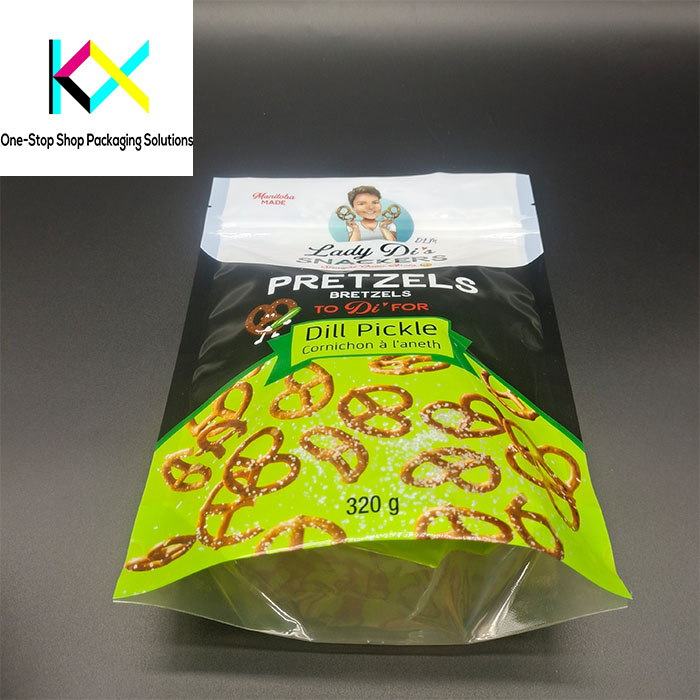
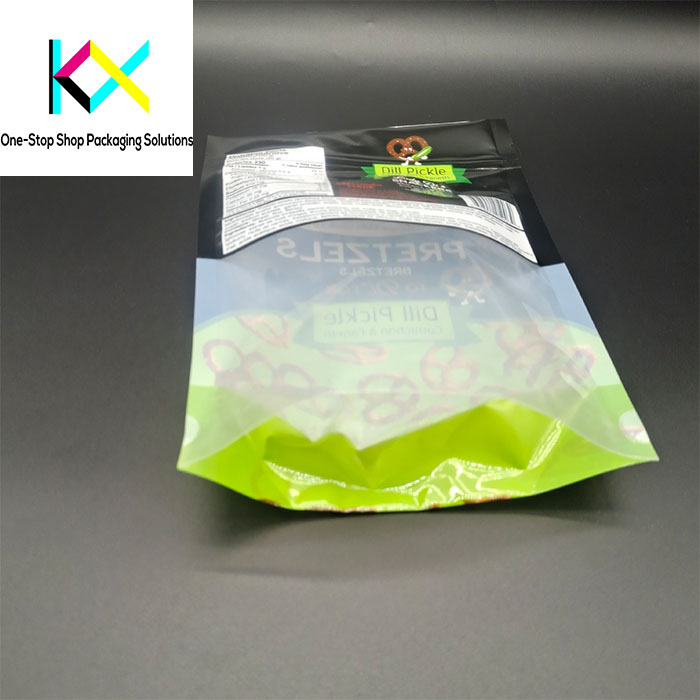
Tackling the Waste Challenge Head-On
Sustainability pressures extend beyond materials to the production floor itself. Dry Lamination presents significant waste reduction opportunities integral to responsible Roll Film Packaging manufacturing:
Zero Solvent Waste: The most obvious gain. No solvents mean no solvent procurement, handling, recovery, or disposal costs and complexities. This eliminates associated hazardous waste streams entirely.
Minimized Start-Up/Shut-Down Waste: Achieving stable adhesive viscosity and bond strength is significantly faster with dry processes compared to solvent-based systems requiring oven temperature stabilization and solvent balance. This drastically reduces the scrap generated during machine start-ups, job changes, and shut-downs for Roll Film Packaging production.
Reduced Adhesive Consumption: Precise application technology inherent in modern Dry Lamination lines ensures optimal adhesive usage, minimizing over-application and waste.
Lower Energy-Related Waste: The significant energy savings (discussed next) indirectly reduce waste associated with energy generation.
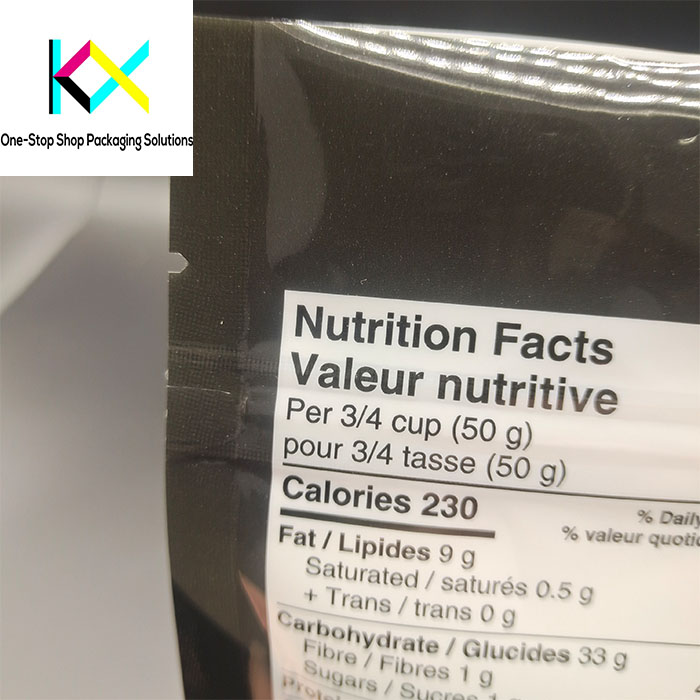
The Energy Equation: Doing More with Less
Energy consumption is a major operational cost and environmental footprint factor. Dry Lamination delivers compelling advantages:
Oven Elimination: Removing massive drying ovens, often the single largest energy consumer in a solvent-based lamination line, yields immediate and substantial energy savings – frequently cited in the range of 30-50%.
Reduced HVAC Load: Without solvent vapors to exhaust and treat, the demand on plant heating, ventilation, and air conditioning (HVAC) systems is significantly lower.
Smaller Carbon Footprint: The combined effect of eliminating solvent production/distribution energy, oven operation, and reduced HVAC load translates to a markedly lower carbon footprint for the Roll Film Packaging produced.
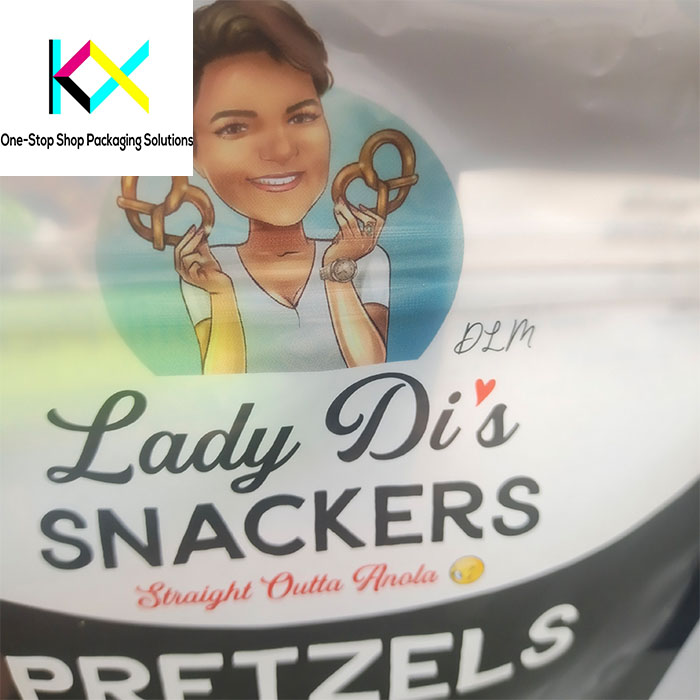
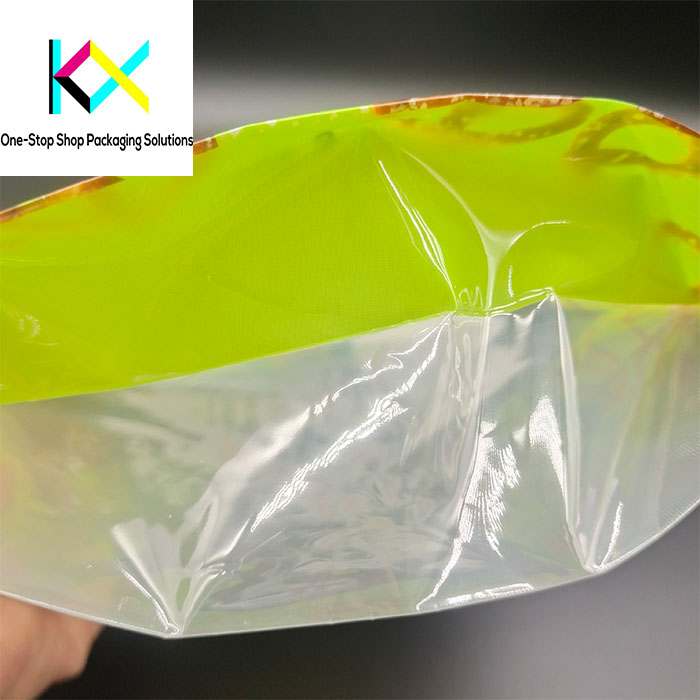
Enabling the Monomaterial Revolution
The drive towards recyclable Roll Film Packaging hinges heavily on monomaterial structures (e.g., all-PE, all-PP). Dry Lamination is proving exceptionally well-suited for bonding these often challenging substrates. The precise control over adhesive application and the ability to use specialized adhesive chemistries tailored for polyolefins allow for the creation of robust, high-performance laminates that maintain recyclability – a critical synergy pushing the boundaries of circular Roll Film Packaging.
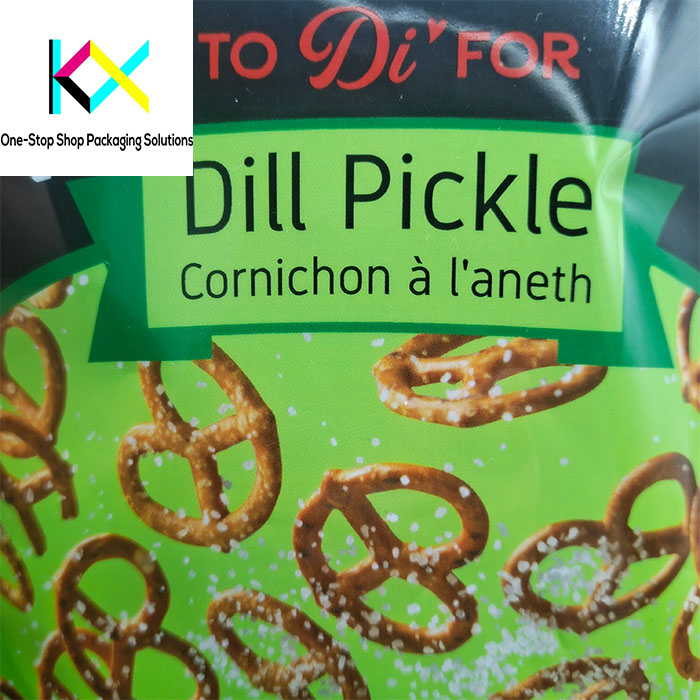
Integration and Automation: The Future Factory
Dry Lamination technology aligns perfectly with the industry’s push towards fully integrated, automated production lines (“Industry 4.0”). Its cleaner process (no VOC management), faster response times, and compatibility with inline quality control systems (e.g., automated bond testing, vision inspection) make it an ideal component. This facilitates seamless integration from printing through lamination to slitting and rewinding, creating highly efficient, data-driven Roll Film Packaging manufacturing cells with minimal manual intervention.
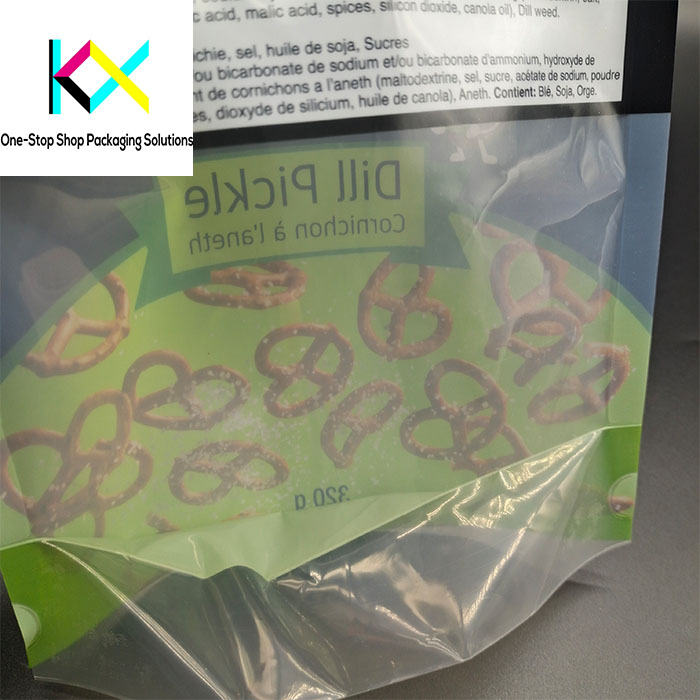
Overcoming the Perception Hurdles
While advantages are clear, adoption faces challenges. Initial capital investment for advanced Dry Lamination machinery can be higher than legacy solvent lines. The process demands precise control of nip pressure, temperature, and web handling. Adhesive chemistry selection and substrate compatibility require expertise. However, the compelling total cost of ownership (TCO) – driven by energy savings, waste reduction, lower operational costs (no solvents, reduced permits), faster throughput, and premium product quality – is rapidly changing the calculus. Convertors investing in Dry Lamination report strong ROI and a clear competitive edge in securing demanding Roll Film Packaging contracts.
Conclusion: The Foundation for Future-Proof Packaging
Dry Lamination has transcended its status as a niche technology. It is now a cornerstone strategy for converters aiming to thrive in the demanding, sustainability-conscious market for Roll Film Packaging. By delivering unmatched speed, precision, waste reduction, energy efficiency, and enabling critical innovations like monomaterial recyclability, it addresses the core challenges of modern flexible packaging production. For brands seeking high-performance, responsibly manufactured packaging, and converters aiming for operational excellence and market leadership, embracing Dry Lamination is no longer an option, but an imperative. It represents the silent, efficient engine powering the next generation of smarter, faster, and cleaner Roll Film Packaging.
